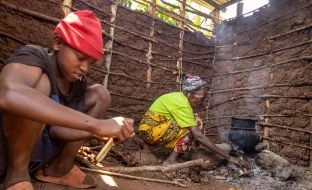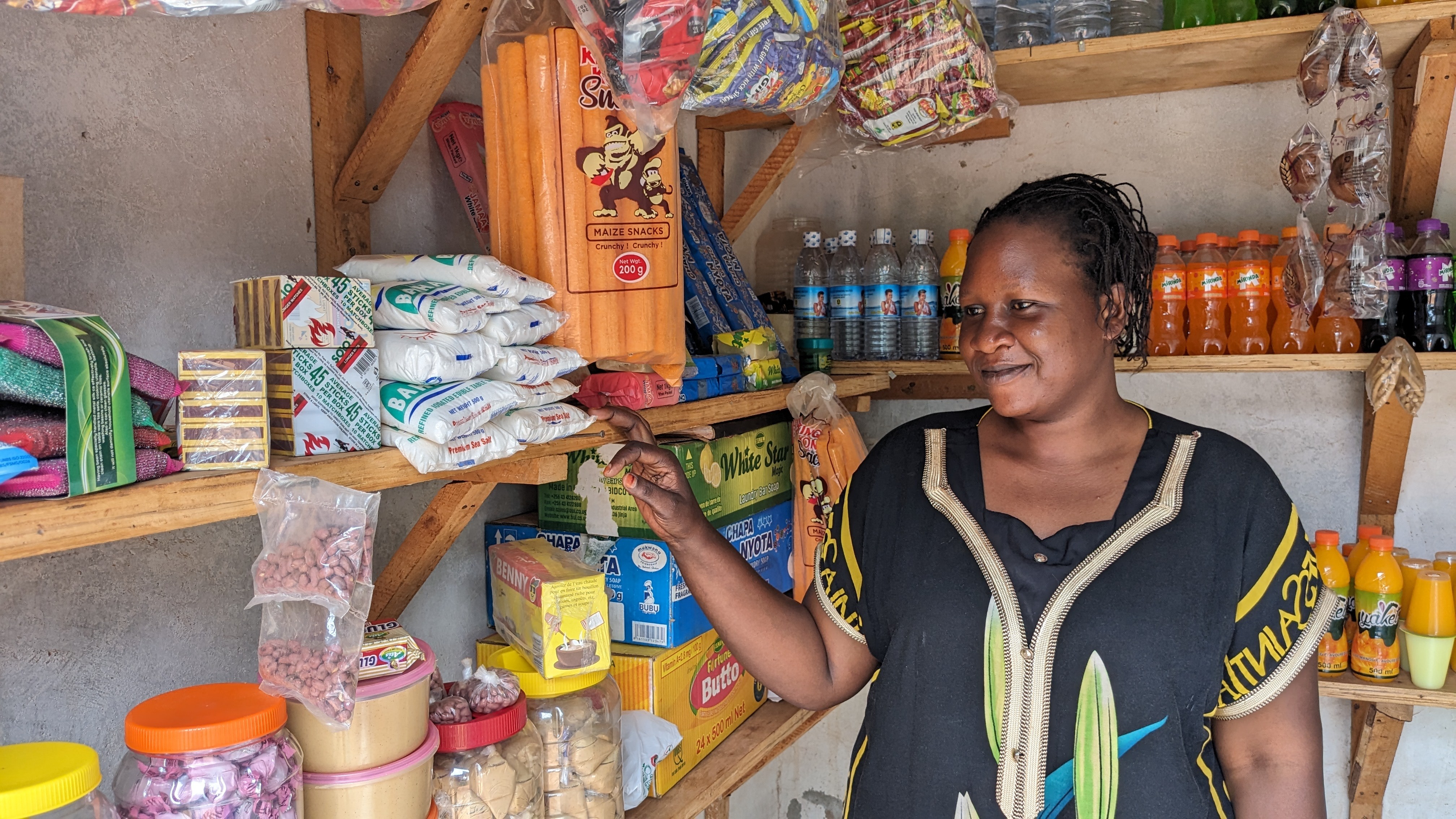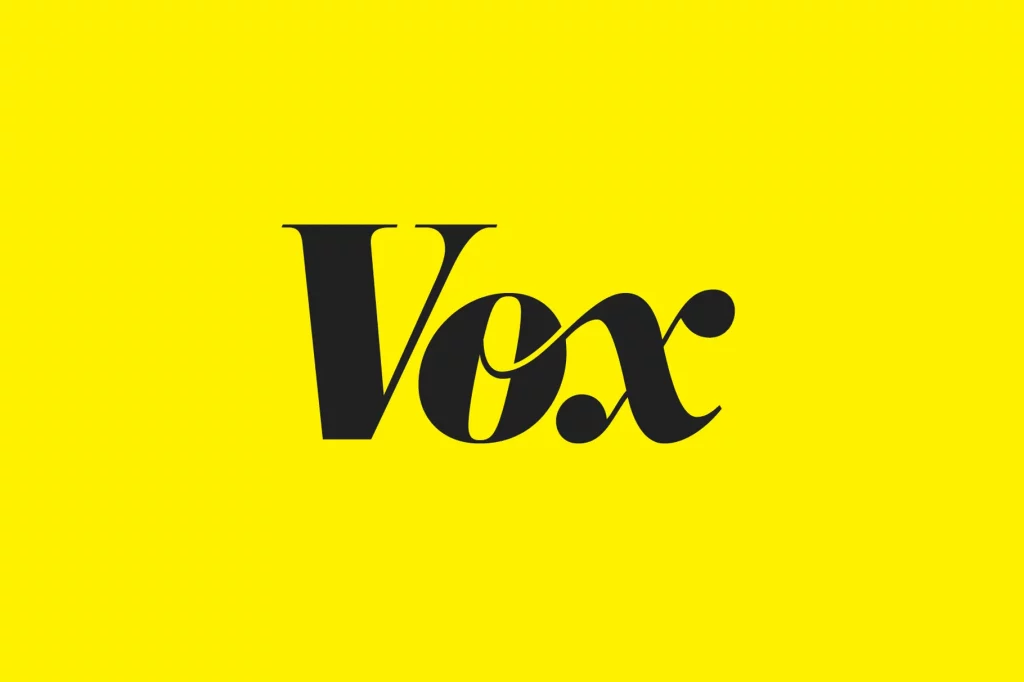Research study: Research on our U.S. COVID-19 program found little measurable impact. We’re adapting.
Between March 2020 and October 2021, GiveDirectly distributed $1,000 one-time relief payments to nearly 200,000 low-income households as part Project100, the largest privately funded cash transfer program in U.S. history. Researchers at University of Michigan ran two randomized controlled trials to evaluate this program, focusing on the impact on recipients’ material and mental well-being. The studies found few conclusive quantitative differences in subjective measures of well-being between households receiving the $1,000 payments and those who did not. Our blog describes the results in detail and how we are adapting based on what we have learned.
Program design
The study sample was drawn from a set of families receiving benefits through the Supplemental Nutrition Assistance Program (SNAP) who utilize the FreshEBT (now ‘Providers’) mobile app to manage their benefits. Each week a set of individuals were randomly selected to view a banner on the app that invited them to discuss their experiences during the COVID-19 pandemic. Individuals are asked a few questions, including whether they would like to participate in a research study about their experiences during COVID. After answering these questions, individuals were randomly assigned to a treatment group that was notified of the cash award and a control group that simply is thanked for their time. Individuals who agreed to participate in the research study were then sent a link to a short online survey asking them to provide additional detail on their household characteristics and wellbeing.
Results
In May 2020, researchers launched the first of two randomized controlled trials evaluating GiveDirectly’s U.S. COVID response. The first study surveyed recipients twice, about 1 month and 3 months following payments. It found modest effects: reductions in material and mental hardship – but only among households earning less than $500 per month. In September 2020 the researchers ran a second, larger study to learn more about these results, but it failed to find any significant results at all.
Qualitatively, families told researchers they received their transfers and used the cash to keep food on the table, medicine in their cabinets, and roofs over their heads. Self-reported surveys reveal most spent their money paying bills or rent.
To learn more in detail about the results and how GiveDirectly is adapting, you can read our blog here.



